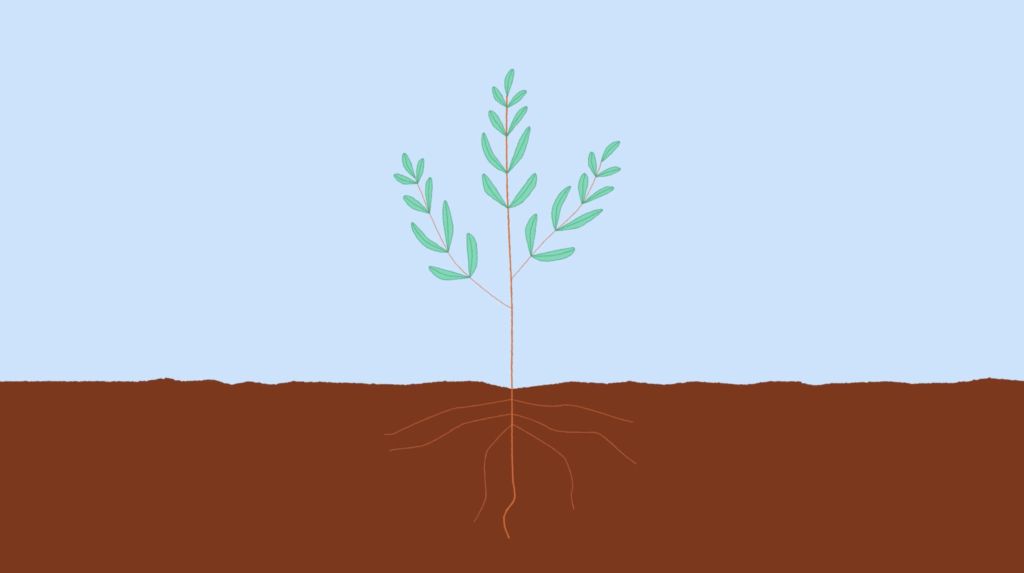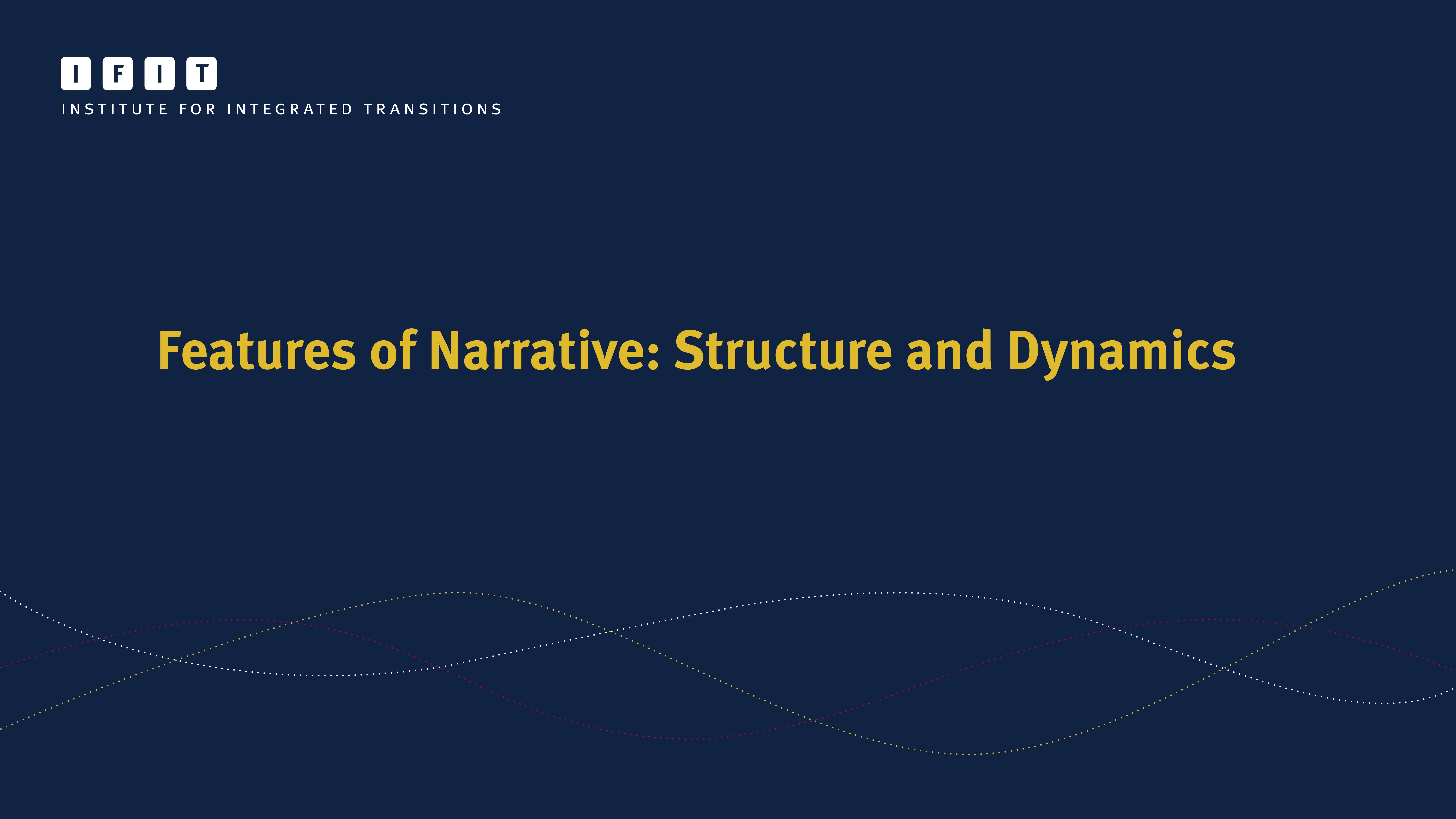Presentation / Inclusive Narratives
Features of Narrative: Structure and Dynamics
This PDF of the presentation in Features of Narrative: Structure and Dynamics (part 1) serves as a quick reference guide and a training tool for actors working for peace. In the presentation, narrative theory expert and IFIT Inclusive Narratives Practice Group member Sara Cobb explains what narratives are, how narrative dynamics shape our worldview, and how we can transform simplified narratives that polarise societies into complex narratives that help people engage peacefully.
Using examples of polarising narratives in the United States, Cobb demonstrates how they promote the validity of one group’s grievances and the moral superiority of its intentions and actions, while delegitimising the ‘other’. Soon, two to three narratives begin to dominate the public sphere. They appear as the only way to describe what is occurring in politics and society, creating an ‘us versus them’ environment and eclipsing other, less prominent narratives.
Noting that people tend to become stuck in their polarising narratives, the document advocates for using narrative strategies and tools to help people move from simple, linear stories to more complex ones by introducing new values (grey, not ‘black and white’), new characters (beyond heroes and villains) and new plot points (that do not fit the simplified story). This approach can give increased legitimacy to both sides, enable a sense of shared responsibility for conflict, build agency to create bridges between poles, and ultimately foster social engagement for peace.
Watch the accompanying video:



